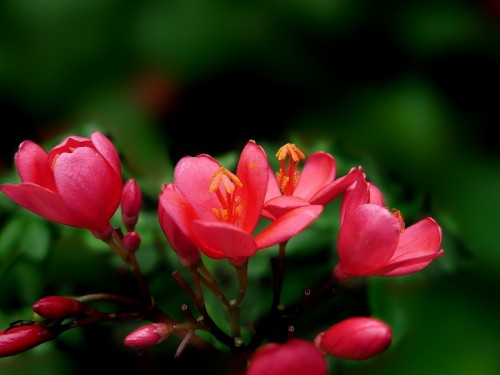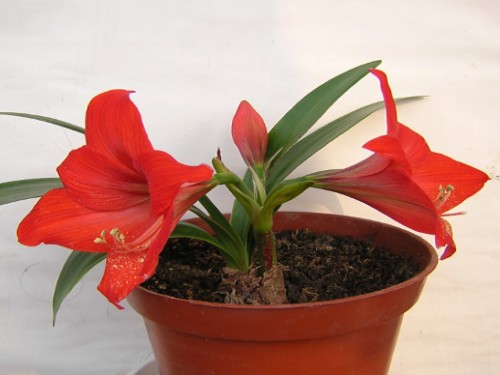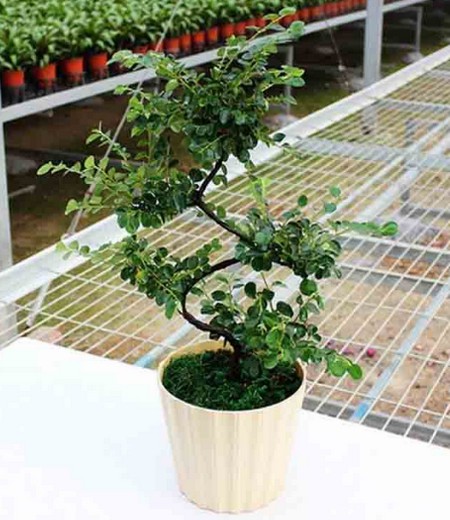Control of diseases and insect pests of cymbidium corals
Chrysanthemum leaf coral, alias change leaf coral flower, piano leaf cherry, Nanyang cherry, Japanese cherry, Euphorbiaceae Euphorbiaceae leprosy tree genus, is an evergreen shrub, red flowers, plants have milk, milk poisonous. Because its leaf shape is similar to the piano, it is famous as the Qin leaf cherry; and it looks like the cherry blossom, so it is called the daily cherry, and the other name Nanyang Sakura is called Nanyang Sakura because it was introduced from Nanyang.

Qin Ye coral is not free from getting sick. In the process of culturing Qin Ye Coral, you will find that Qin Ye Coral actually gets sick, and it is those diseases and insect pests that make Qin Ye Coral sick.
Manifestations of Qinye coral soot disease:
Soot disease is harmful to leaves, branches and fruits, seriously affecting leaf photosynthesis, causing plant growth decline and affecting ornamental. At the initial stage of the onset of soot disease, a dark brown mildew spot appeared on the surface of leaves, branches or fruits, and gradually spread.
Prevention and control of soot disease of Qinye coral:
1. Use 50% methyl thiophanate wettable powder 800 times solution, 50% carbendazim wettable powder 400 times solution, 5% carbendazim 500 times solution to spray the site of the disease.
2. Moderate pruning of Qinye coral to create good internal ventilation conditions.
Pests of cymbidium corals:
For the time being, no pests have been found in the corals. If you find pests on the corals, you can choose the corresponding insecticides to kill them.
Notes on Qin Leaf Coral:
Qinye Coral likes the environment of high temperature and humidity, and is afraid of cold and dryness. It should be kept above 12 ℃ in winter. Like sufficient light, slightly resistant to half-shade; like to grow in loose, fertile, acidic sandy soil rich in organic matter.
The milk of the coral is poisonous, so when relieving the pain, you should also remember to be careful not to put yourself in danger.
Milk is poisonous and should not be eaten by mistake. Accidental contact with milk causes blisters or pustules, the skin is seriously inflamed, and it is also very toxic to the eyes; livestock mistakenly eat fallen leaves, often causing serious blistering in the mouth.
Time: 2019-06-01 Click:
- Prev

What about the rotten roots of Zhu Dinghong?
Zhu Dinghong has bright and rich colors and large flowers. it can not only be used as a high-grade potted flower, but also a good garden landscape, but also can be produced as a high-grade cut flower. Zhu Dinghong is a very important flowering plant. More than half of it is planted in pots, but many people choose hydroponics.
- Next

Culture method of potted Pearl Plum
Pearl plum is named because the bud is white and granular, which looks like small pearls scattered among the leaves. Pearl plum is beautiful in shape, white in color, light in fragrance, bright green in leaf color, and has a long flowering period, so it has high ornamental value and is a good choice for decorating the courtyard.
Related
- Fuxing push coffee new agricultural production and marketing class: lack of small-scale processing plants
- Jujube rice field leisure farm deep ploughing Yilan for five years to create a space for organic food and play
- Nongyu Farm-A trial of organic papaya for brave women with advanced technology
- Four points for attention in the prevention and control of diseases and insect pests of edible fungi
- How to add nutrient solution to Edible Fungi
- Is there any good way to control edible fungus mites?
- Open Inoculation Technology of Edible Fungi
- Is there any clever way to use fertilizer for edible fungus in winter?
- What agents are used to kill the pathogens of edible fungi in the mushroom shed?
- Rapid drying of Edible Fungi

